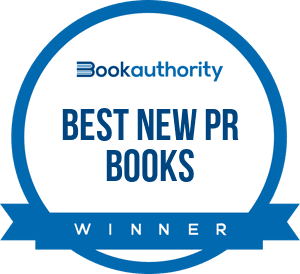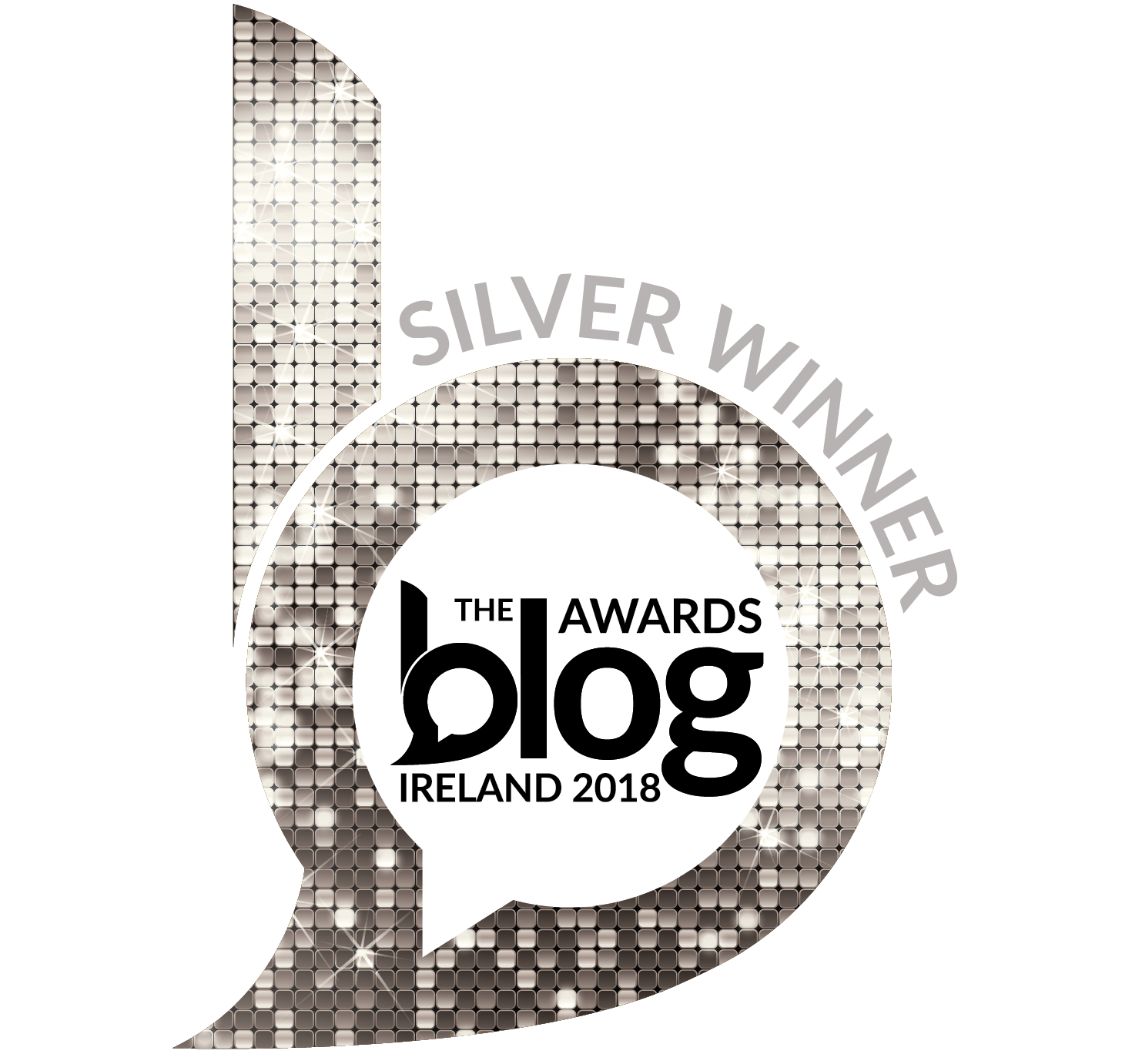We all know what blogging is,  but have you heard of vlogging – the abbreviation for video blogging? When was the last time you watched a tutorial on YouTube, for example a video explaining how to make a trendy hairstyle or how to build a website? We have all seen such videos, so even if you didn't know the term (and now you do), I'm sure you have experienced a vlog (i.e. video blog).
but have you heard of vlogging – the abbreviation for video blogging? When was the last time you watched a tutorial on YouTube, for example a video explaining how to make a trendy hairstyle or how to build a website? We have all seen such videos, so even if you didn't know the term (and now you do), I'm sure you have experienced a vlog (i.e. video blog).
Vlogging - advanced blogging
What this means is that there are many people out there who, instead of writing long pieces and publishing in text format on a blog, create interactive video content on private YouTube channels, aiming at adding value for subscribers and not readers.
Among PR professionals these people are known as vloggers (i.e. video bloggers), or as they prefer to call themselves YouTubers.
Especially in the beauty industry YouTubers have become extremely influential making a pretty nice living only via vlogging. Sounds interesting? It sure is and this is what we are about to explore.
Working for clients from the beauty and cosmetics sector I've had some experience with beauty vloggers, so the other day when I stumbled upon a study by Pixability about "Beauty on YouTube" I had to read it right away.
Having analysed over 877,000 beauty channels, 45,000 beauty vloggers and 168 major beauty brands, it's an extensive research that shows how YouTubers are radically transforming the beauty and cosmetics industry and what massive impact this is having on brands as they struggle to unlock the potential of YouTube and YouTuber collaborations.
The study only examined English-language channels, but I think the major findings still hold true for other countries around the world – I see daily how influential YouTubers in Germany are becoming by offering viewers tons of cosmetics, hair care, skincare and nail tips, DIY ideas and hauls.
The YouTube beauty ecosystem and the growing power of YouTubers
Videos about beauty and the power of vloggers are increasing by the minute:
- YouTube has 14.9 billion beauty-related video views.
- Only 3% of those belong to a beauty brand.
- Beauty vloggers control 97% of conversations around beauty topics and brands on YouTube.
- In 2010, beauty-related content on YouTube averaged 300 million views per month.
- In 2013, beauty-related content on YouTube grew to more than 700 million views per month.
- 27,000 beauty videos were published on YouTube in January 2013 alone.
- 75+ hours of new beauty-related content are uploaded on YouTube daily.
- Tutorials are YouTube’s most popular beauty content category, attracting 39% of all beauty video views.
- Tutorial videos from YouTube’s top 50 beauty vloggers receive 1200% more views than brand-created tutorials.
- Beauty vloggers have significantly more subscribers than prominent beauty brands such as MAC or Chanel; for example Michelle Phan has ca. 6,500,000 subscribers, MAC has ca. 162,000 - that's a huge difference!
- In fact, YouTube’s top 25 beauty vloggers possess 115x more subscribers and receive 2600% more comments on average than beauty brand channels.
- Top beauty vloggers have 10x more videos on their channels than beauty brands.
- Top beauty vloggers publish new YouTube content 7x more frequently than beauty brands.
According to Pixability beauty on YouTube is not about viral videos or repurposed TV commercials, because viewers searching for "smoky eye tutorial" are not looking for "30-second eyeliner commercials; they desire longer-format content to show them how to create a specific look in real time during key periods of their day."
There's a very clear correlation between tutorial consumption and before-work morning routines and post-work going out routines – a revelation that brands are currently underleveraging.
The key learning here?
Information is one thing, engagement and involvement is another.
That's why videos from ordinary people like yourself perform better than brand videos.
So unlike most brands, beauty YouTubers provide “on-demand” benefits to the community in the form of helpful how-to videos and educational step-by-step videos showing new looks, products, tips and trends. As the Edelman Trust Barometer consistently finds in its annual research, people trust other REAL people, not corporate talk.
Facebook, Twitter, Instagram and now YouTube?
The choice of social media networks really is overwhelming. Having an active presence just on Facebook is enough of a challenge, so adding another platform can be daunting, I know. But let's not forget that YouTube's the world’s second-largest search engine and social media platform in the world. It has a massive community and that in itself is a massive opportunity to tap deeply into the consumer base.
Of course, that's only possible if you know who exactly your target audience is and what they are watching on YouTube.
According to the research, however, many brands seem to be mistaken. Of the total 14.9 billion beauty video views, 959 million are nail video views, 1.2 billion hair care and 9,8 billion make-up.
This makes hair care, skincare and nails an untapped engagement opportunity, especially for hair care videos that receive the most views per video of all.
The great thing about YouTube is that it provides tons of analytics and can be measured because unlike TV people individually select what to watch and what to skip – it's a personal choice that is reflected in the number of views. That's very useful data! Leveraging such insights offers profound knowledge into what your customers like, want, need. After all, it's about meeting the right needs so that you can sell, isn't it?
Obviously, it's the younger audience that is more active on YouTube (with over 54% of the beauty viewer community aged 18-34), but what brands tend to forget is that millennials and Gen Z are the future – they will be (or already are) buying (or not) from them and are talking about them on their social channels. And as the study by Pixability shows, brands only control 3% of the cosmetics and beauty-related conversations – that's nothing!
YouTuber collaborations – underutilised brand opportunities
Beauty brands are having a hard time being found on YouTube – they account for a tiny share of voice on the platform.
According to Pixability, the main reason for this is that companies are investing in the wrong content by exclusively posting repurposed TV commercials and other less popular short-form videos that are not specifically designed for their YouTube audience. In fact, 80% of brand channel beauty videos are less than three minutes in length, whereas non-brand channel beauty videos are longer than 5 minutes. What's more, beauty brands produce much less content than YouTubers - vloggers tend to publish an average of two videos per week, brands on the other hand only one video every six week.
To utilise YouTube's opportunities, brands should start creating more consistent, regular and fresh content with "the customer's journey in mind." To build awareness shorter videos are great, but to drive relevance and credibility longer content in the form of tutorials and product reviews that allow the viewer to follow in real time are required.
This is where the massive opportunity of co-operations with YouTubers lie.
To increase their share of voice and social media outreach, brands should move beyond just YouTube advertising and official brand-owned channels to partnering with key YouTube influencers.
Establishing innovative and well-developed strategies with a focus on user-generated and co-created content would allow brands to engage with people in a more personal, down-to-earth way, because people connect with other people, not corporations.
As superior communicators who understand the media and the power of content creation, beauty vloggers have a loyal audience they reach on a regular basis with relatable, likable and real-time follow-along videos. This way beauty vloggers are controlling the future of brands from their bedrooms – they have far better audience access and influence than companies do. Imagine what that could do to a brand if it got on a vlogger's bad side!?!
For brands YouTubers could not only act as endorsers, but they could take the role of brand ambassadors or even celebrities.
The major takeaway from the study is that YouTube represents the future of how-to make-up and beauty tutorials, content consumption and product reviews.
Authentic vlogger-produced and co-created content carefully balanced with own channel controlled content is the Holy Grail for beauty brands.
What does this mean for PR pros?
In my previous posts I've extensively talked about the power of storytelling for brands and the need to move on to a new, less boring approach that engages on an emotional level and is visually-driven.
This is exactly what vlogging can do because it's personal, it's visual, it's vocal, it's viral. It touches all senses and can so not only be an information but also an inspiration source, an enlightening story close to a movie experience.
But to tap into the power of vlogging, PR pros have to first convince brands of the massive potential behind collaborating with YouTubers, and that's not always easy. It requires changing the brand discussion about how YouTube can outperform other forms of communications or advertising, which unfortunately still sounds rather surreal for many executives. We need more of those studies that back this up with numbers to make brands see things differently than the old-fashioned, stick-to-the-norm ways and realise what they can accomplish on YouTube.
The real value of YouTube and YouTuber collaborations lies in the ability to powerfully involve the target audience in closer to real life user-generated and co-created experiences.
PR professionals should act as strategic, forward-thinking mediators for brands to steer the conversation in the right direction. Only so will it be possible to unlock YouTube's über-potential to move and influence people's hearts and minds and encourage participation.
Download the Pixability research here - it's free, it's data-driven and it's very useful.
Graph from Pixability research.







